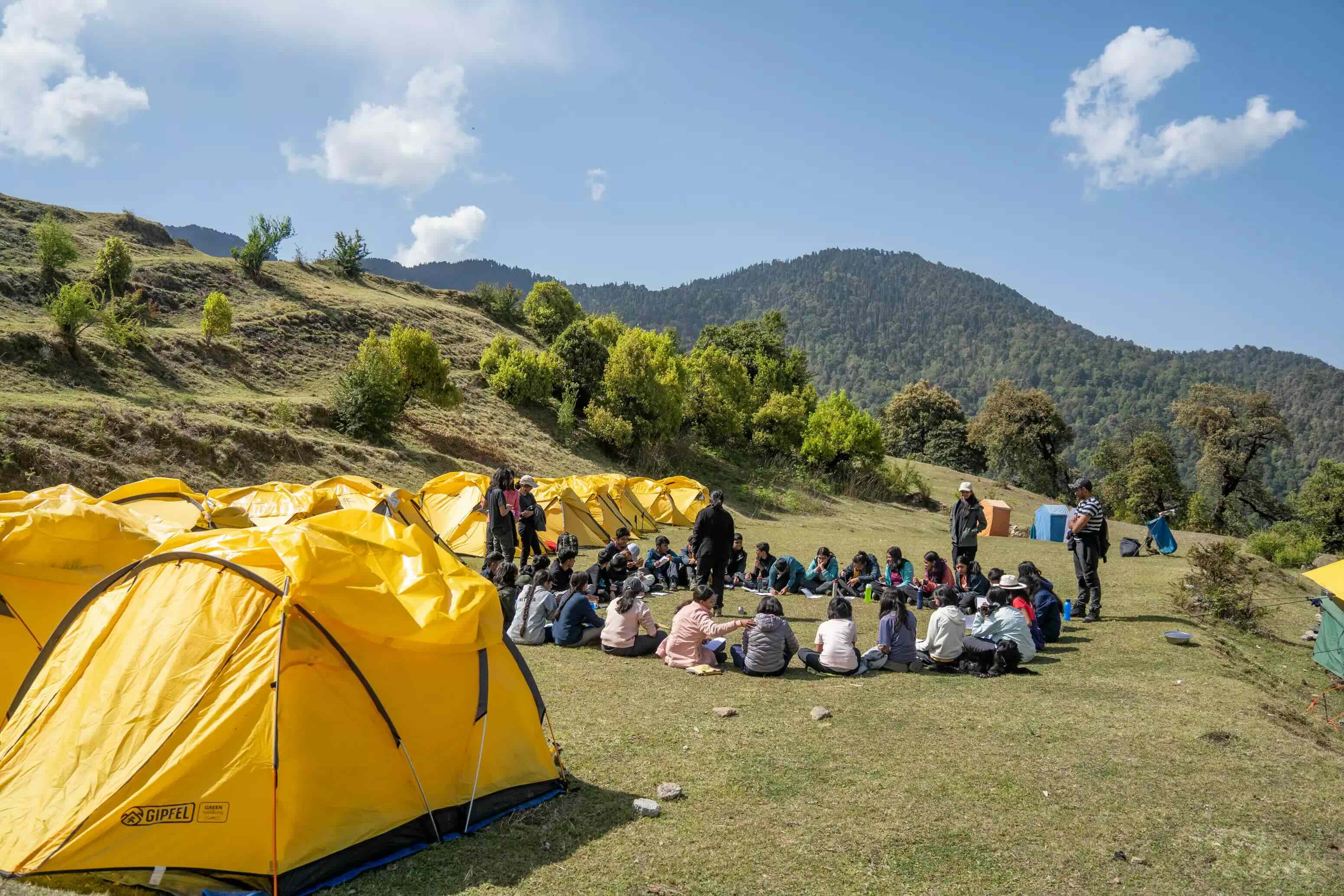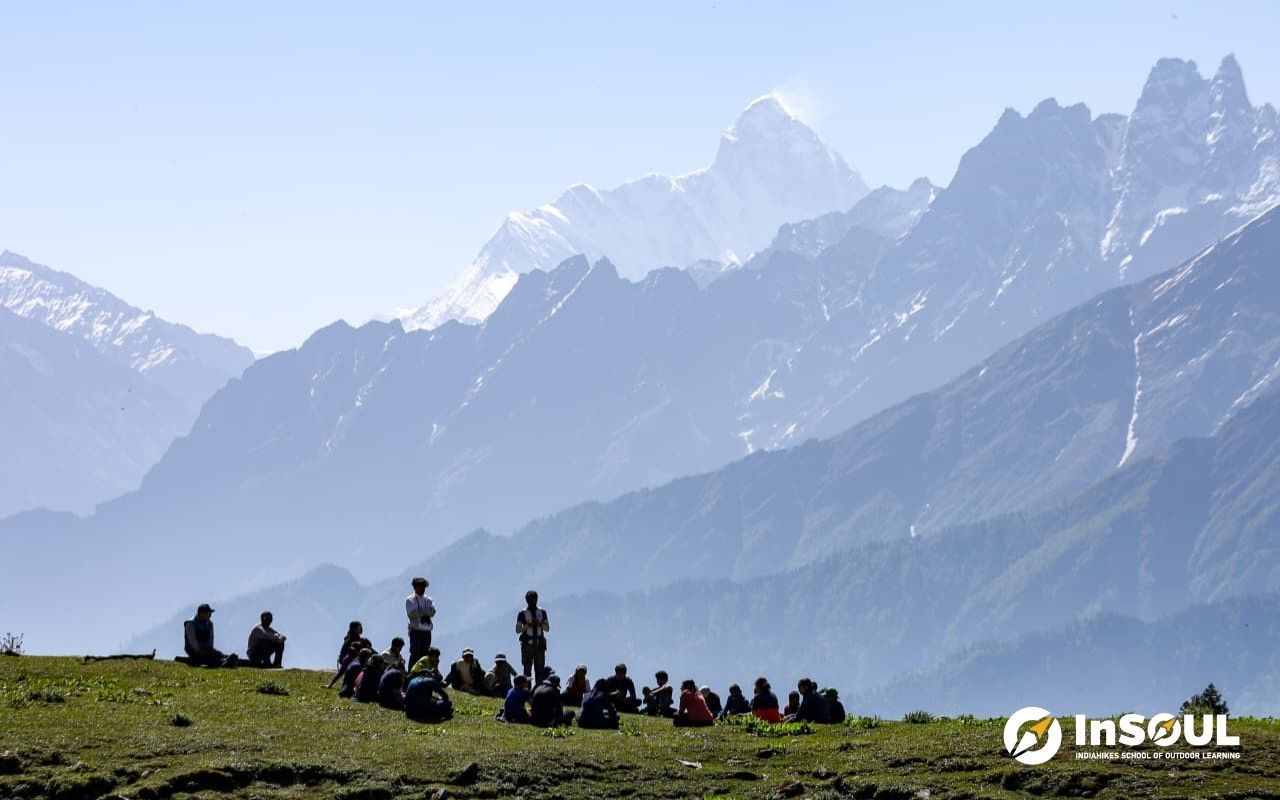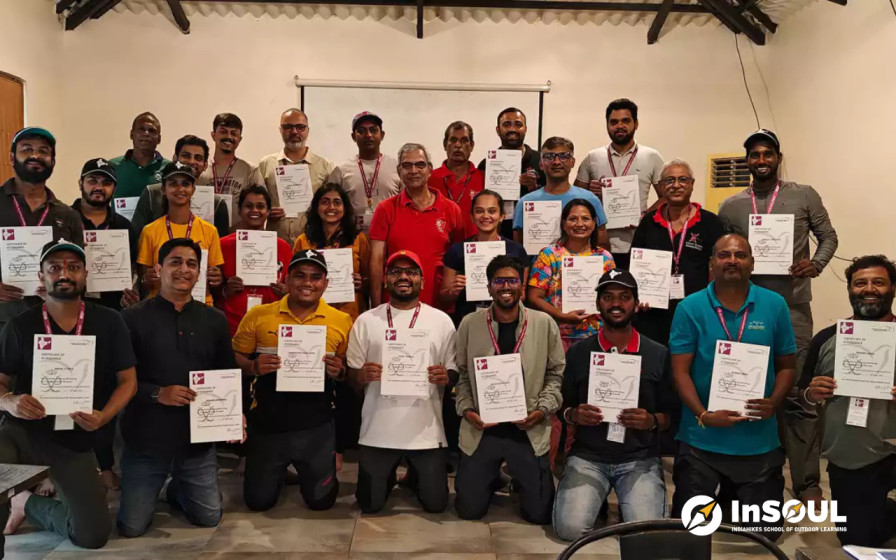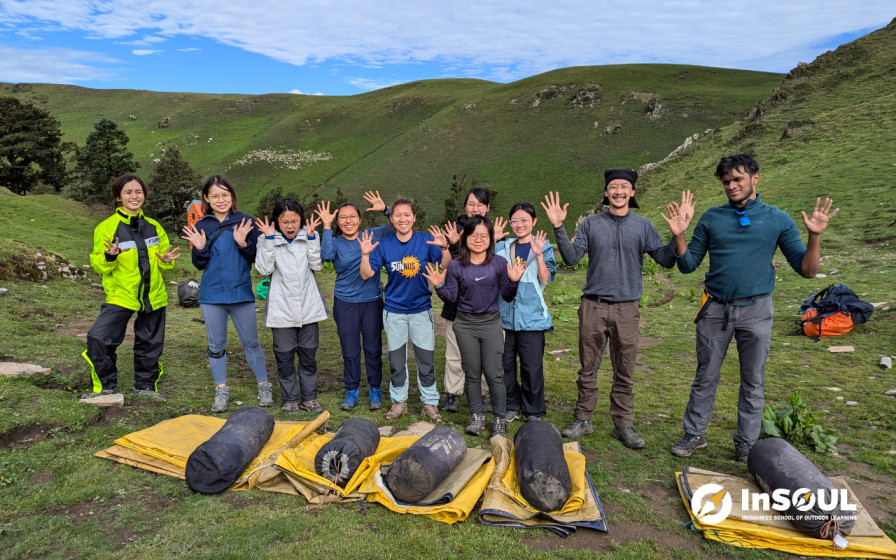Anxious about sending children on their first Himalayan trek? We understand the apprehension, and you're not the only one feeling this way.
But has anxiety about the trek taken over your life; so much, that prepping for it feels like a final exam?
Children must, of course, be “ready," physically, mentally, emotionally. In the process, however, prepping for the trek can become tedious or worse still, unappealing for a child.
You don't need to checklist children into shape. Here are 6 easy ways to get children prepared and excited for a Himalayan trek.
1. Use positive and empowering language
Adults’ tone tends to become serious and stern when talking about treks.
“It will be tough.” “You will need to be strong.” “No phones allowed.” “No junk food.”
While well-intentioned, warnings can cause anxiety more than confidence. Use language that encourages curiosity, not fear.
Avoid “It will be tough.”
Try: “It will be tough and exciting.” Follow up with details, “You will get to climb mountains, cross icy streams, and sleep under thousands of stars – things most adults don’t/can’t do.”
Avoid “You will need to be strong”
Try: “You will come back feeling invincible.”
Avoid "No phones allowed.”
Try: “Can you live without phones for 5 days? Take it up as a challenge.”
Avoid “No junk food.”
Try: “You’ll eat like proper explorers do.”
Additionally, swap warnings for wonder. “We’ll walk through the clouds.” “You might see snow before breakfast.”
Positive language doesn’t dilute the challenge. All you’re doing is reframing the experience through a child’s lens.
2. Involve children in planning and decision-making
Help children feel capable before they even take the first step.
Instead of handing over a packed bag and an itinerary, involve children in packing. Refer to the InSOUL packing list. Assemble all their trekking gear and check items off a list together. You can even turn it into a game.
Show them day-by-day pictures of the trek on the Indiahikes website to visualise where they will be going and what they will see.
3. Build a Trek Countdown
Create a visual countdown calendar together leading up to the trek. You can cross off each day ( e.g. 20 days left for the trek) or have a small, trek-related activity or discussion. Build anticipation as the day gets closer.
4. Visit a Nature Centre or Watch Nature Documentaries
From books and shows to nature documentaries and websites - engage with nature-related content beforehand to build excitement and a sense of wonder. Look up the flora, fauna, and landscapes they might encounter on the trek.
5. Turn everyday things into subtle physical training
Children don’t need regimented training routines. Give them small, consistent nudges instead.
- Go on weekend walks that stretch just a bit longer than usual
- Incorporate fun, active games into everyday routines that mimic some of the movements involved in trekking, like uphill climbs (stairs become "mini-mountains"), balancing on a line (a "log crossing"), or carrying a small weighted backpack during a playful walk.
Tiny shifts quietly build a child’s strength, stamina, and a sense of achievement.
6. Get children excited (not nervous or grossed out) about camping
Camping is an adventure and an absolute treat. How you describe it can ensure whether children look forward to it or completely dread it.
Frame it as an exciting new adventure, rather than a basic necessity or a potentially uncomfortable situation.
Some points you can highlight are:
- The uniqueness of sleeping comfortably outdoors
- Sleeping under the stars
- Getting to see and play with snow (depending on the trek and month)
- Waking up to birdsong right outside your tent
- Eating and living like brave adventurers
- Sleeping in cosy tents in the middle of nowhere
- Pooping in the outdoors - how pooping in bio toilets is an act of kindness to the planet. Read more here
Summing up
A Himalayan trek is both wild and wondrous. And for children, the experience is as much about discovery as it is about resilience.
The journey doesn’t begin at the basecamp. It begins in school and at home with positive reinforcement, words, and activities to build confidence and a sense of adventure.
Prepare children, yes. More importantly, inspire them. The mountains will do the rest.













